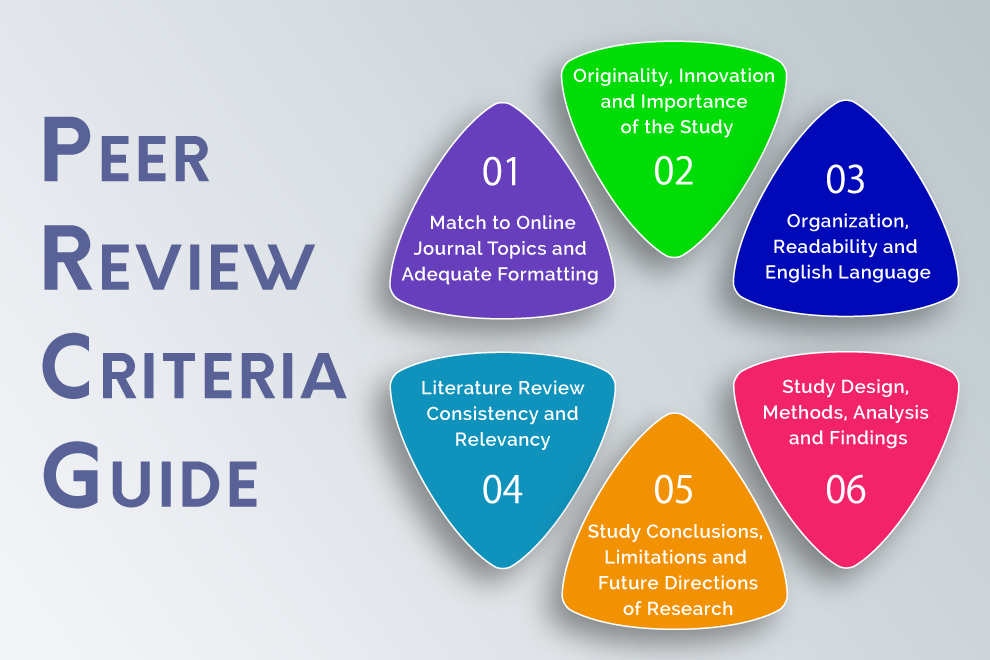Consider yourself a newbie when it comes to performing peer reviews? Learn how to effectively evaluate the manuscript with the help of our step-by-step guide. Don’t make mistakes and build credibility for yourself with your next review.
Introduction: The Terror of First-Time Peer Reviewers
Let us admit the truth: Getting the first invitation to perform a peer review can be equally exciting and terrifying. “How can I possibly evaluate something without missing a major detail?” “How can I give an evaluation without coming off too rude?” Fledgling researchers often feel like they are ‘faking it’ in the peer review process and trust me, you are not the only one. A Nature study in 2022 found that 65% of early career researchers report they feel not ready for their first review.
And, the good news is that The process of peer reviewing is a skill. At StudentBestie, we have guided thousands of students to shift mentally from feeling like a nervous novice to a confident critiquer. Let’s dissect this bit by bit, and make it manageable with digestible pieces.
5 Main Challenges New Reviewers Usually Encounter
- Training Deficiency: Only 18% of graduate programs offer a basis of the peer review approach (Elsevier Report, 2023).
- Time Limit: The review process can take anywhere from 8 to 12 hours, which is almost impossible to squeeze in during thesis season.
- Bias Gap: Unconscious biases (most often towards a familiar methodology) always seep into feedback.
- Task Overload: Having to assess the ethics, statistics and other formatting issues (yes, I’m talking to you LaTeX) may be even too overwhelming.
- The Fear of Backlash: “Will I be hated by the author if I reject their paper?”
Sounds like you? We’ll help address this.
4 Cutting-Edge Solutions to Elevate Your Peer Review Game
1. The Peer Review Roadmap Checklist
The Problem: When you do not know where to begin.
The Solution: Such problems could be countered with the help of a checklist that would help evaluate the manuscripts:
- Title/Abstract: Does it represent the study accurately? (Tip: Check against all literature review errors we have discussed)
- Methods: Are the experiments capable of being repeated? Check PRISMA guidelines for systematic reviews.
- Results: Do the statistics support the statement? Reference checks can be managed using Zotero.
- Ethics: Note the lack of informed consent in ethnographic research.
Case Study: PhD candidates using checklists said that they completed their reviews 50% faster and with less mistakes (StudentBestie Survey, 2023).
2. Collaborative Annotation Tools
The Problem: Feedback is locked inside a Word document.
The Solution: Tools such as Hypothes.is or Google Docs Comments allow you to:
- Tag particular texts to raise a particular issue (e.g., “Problem with methodology” or “Problem with LaTeX formatting”).
- Share notes with fellow reviewers without making them public.
Why It Rocks: Saves on work duplication and streamlines feedback.
3. AI-Powered Bias Detection Tools
The Problem: Undetectable biases that you made in your critique.
The Solution: Programs like Penelope.ai check the reviews for:
- Gender bias: “The candidate was quite aggressive…”
“Assertive.” – Confirmation bias (disregarding contradictory evidence). – Citation bias (disregarding newer research). Stats: The use of AI tools decreases bias-related errors by 34% (PLOS ONE, 2022).
4. LaTeX Formatting Scanner
The Problem: Spending countless hours on technical modifications.
The Solution: Check automatically with Overleaf’s Preprint feature for: – Citation style (APA, MLA, etc.). – Placement of Figures. – Numbering of equations.
Benefit: You will save 70% of the time spent on minor adjustments!
Why These Strategies Work for You
- Build Academic Reputation: Strong reviews means more invitations (and more CV points!).
- Sharpen Critical Thinking: Working with other people’s work assists you in avoiding literature review errors in your papers.
- Network Smartly: Providing decent comments can wow journal editors and senior researchers.
Real-World Success: How Carlos Nailed His First Review
Carlos, a second-year PhD student, started panicking when he had to review a complicated ethnographic research paper. Thanks to StudentBestie’s checklist and Zotero for reference tracking, he: – Caught a major sampling bias that the authors did not. – Earned a journal’s “Top Reviewer to Follow” badge. – Got an invitation to be on the editorial board of the journal within 6 months.
Tools & Templates to Save Time
- Zotero: Reference manager and citation generator.
- Checklist PRISMA: Used to assess systematic reviews.
- Grammarly: Improve feedback by adjusting its clarity and voice.
- StudentBestie’s Peer Review Template: Get our no-cost guide!
Let StudentBestie Help You Become A Pro Peer Reviewer!


